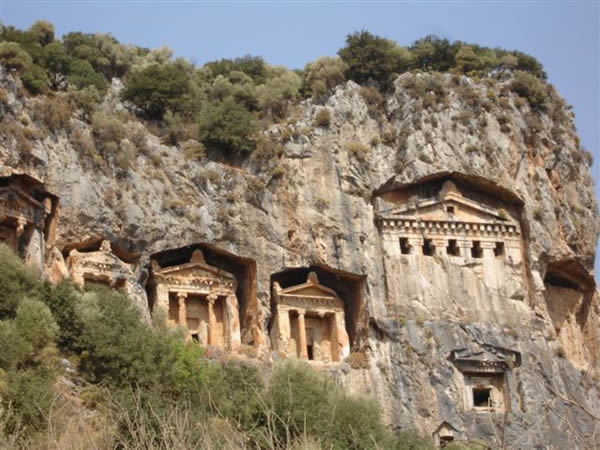There is a piece of doggerel which goes:
They said it couldn’t be done.
So I went right to it — that thing they said
Couldn’t be done.
And I couldn’t do it.
And that is the way it has been with presidents since the 1973 oil crisis. All of them – from Richard Nixon to Barack Obama, who has just joined the club — have wrung their hands and exhorted us to use less oil in general and less foreign oil in particular.
Nixon had his commerce secretary, Peter G. Peterson (he of enormous wealth these days), promise far reaching and revolutionary “initiatives” to tame our thirst for oil. But Nixon was out of office before these palliatives were revealed.
Gerald Ford, caught up in vicious inflation, partly linked to the cost of oil, launched the Energy Research and Development Administration (ERDA), combining the Atomic Energy Commission, the Office of Coal Research and other energy entities in the federal government. ERDA initiated many programs, while politicians invoked the Manhattan Project and the Apollo 11 moon landing. But the search for the Fountain of Eternal Energy failed.
Jimmy Carter wanted not only to solve the energy challenge, but to be seen to be solving it. Ergo, he expanded ERDA into the Department of Energy (DOE) and created a separate Synthetic Fuels Corporation. The latter failed after a short and unhappy life. No oil reached the pumps.
When the price of oil collapsed in the 1980s, so did hopes for many of the alternative energy sources, including ocean thermal gradients and flywheel energy storage.
To its credit, though at great cost, DOE, through its chain of national laboratories, kept searching. The result has been evolutionary improvements in many fields, and some really revolutionary ones in how we find oil and drill for it; these include seismic mapping, new drill bits and horizontal drilling.
These evolutionary developments brought more oil to market and have contributed to the recent improvement in domestic production that Obama likes to point out. It has enabled us to cut our imports slightly, so they now stand at 11 million barrels per day out of consumption of 20 million barrels per day.
Obama wants us to cut those imports by a third. To do this, he has no magic bullet.
In fact, he has no ammunition: solid numbers and research. His speech at Georgetown University was founded more on hearsay than science or economics.
Because he criticized them for taking out leases they have not drilled, the oil industry disliked the oil component of the speech, but thrilled at the emphasis on natural gas. When it comes to leases, the industry hankers not for those it holds, but for the plums that have not been leased for political reasons: the eastern Gulf of Mexico and Alaska.
Sadly, Obama seemed to have learned the wrong lesson on his recent trip to Brazil because he is brimming with enthusiasm for ethanol. In Brazil, this is made from sugar cane, of which the Brazilians have a lot and cheap labor to farm it. Here, it is made from corn with devastating results on all the food products that come from corn. George W. Bush shoved the country down that slippery slope, and Obama wants to add more lubricant.
Another Obama tool is mandated fuel-economy standards. Problem is the market will start circumventing the regulations. It works like this: If you mandate 40-miles-per-gallon fleet average instead of floods of new small hybrids of the Toyota Prius type, the market will supply small, regular cars and large, luxury hybrids. Better, but not everything the president might want.
Real oil savings come with high prices dictated either by taxes or shortage. Presidents, however, have to placate voters by holding down the price of oil, signaling that it is all right to consume. That leaves presidents — and Obama has just proved it — with that last resort of the impotent in office: exhortation. — For the Hearst-New York Times Syndicate

 Follow
Follow
The story is still called a legend, but we now have a pretty good technical explanation of how Nikola Tesla may have run a big Pierce-Arrow car in 1931 on "radiant energy", or energy out of the air. Wouldn't that be good for the climate? Story at http://peswiki.com/index.php/PowerPedia:Tesla%27s_Pierce-Arrow . Tesla is the one who gave us our alternating current electricity.
The story is still called a legend, but we now have a pretty good technical explanation of how Nikola Tesla may have run a big Pierce-Arrow car in 1931 on "radiant energy", or energy out of the air. Wouldn't that be good for the climate? Story at http://peswiki.com/index.php/PowerPedia:Tesla%27s_Pierce-Arrow . Tesla is the one who gave us our alternating current electricity.